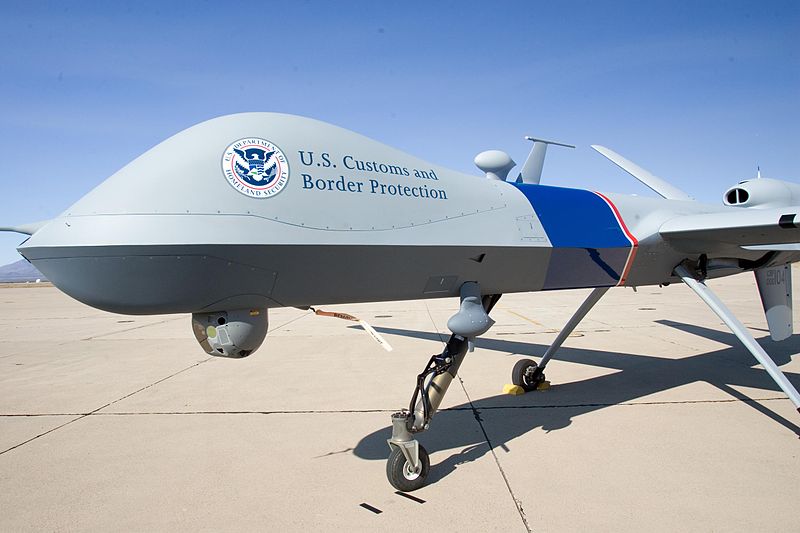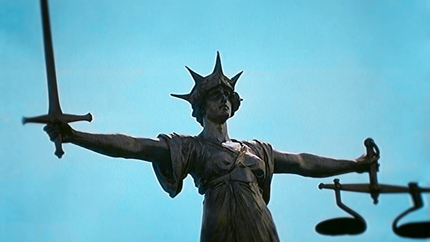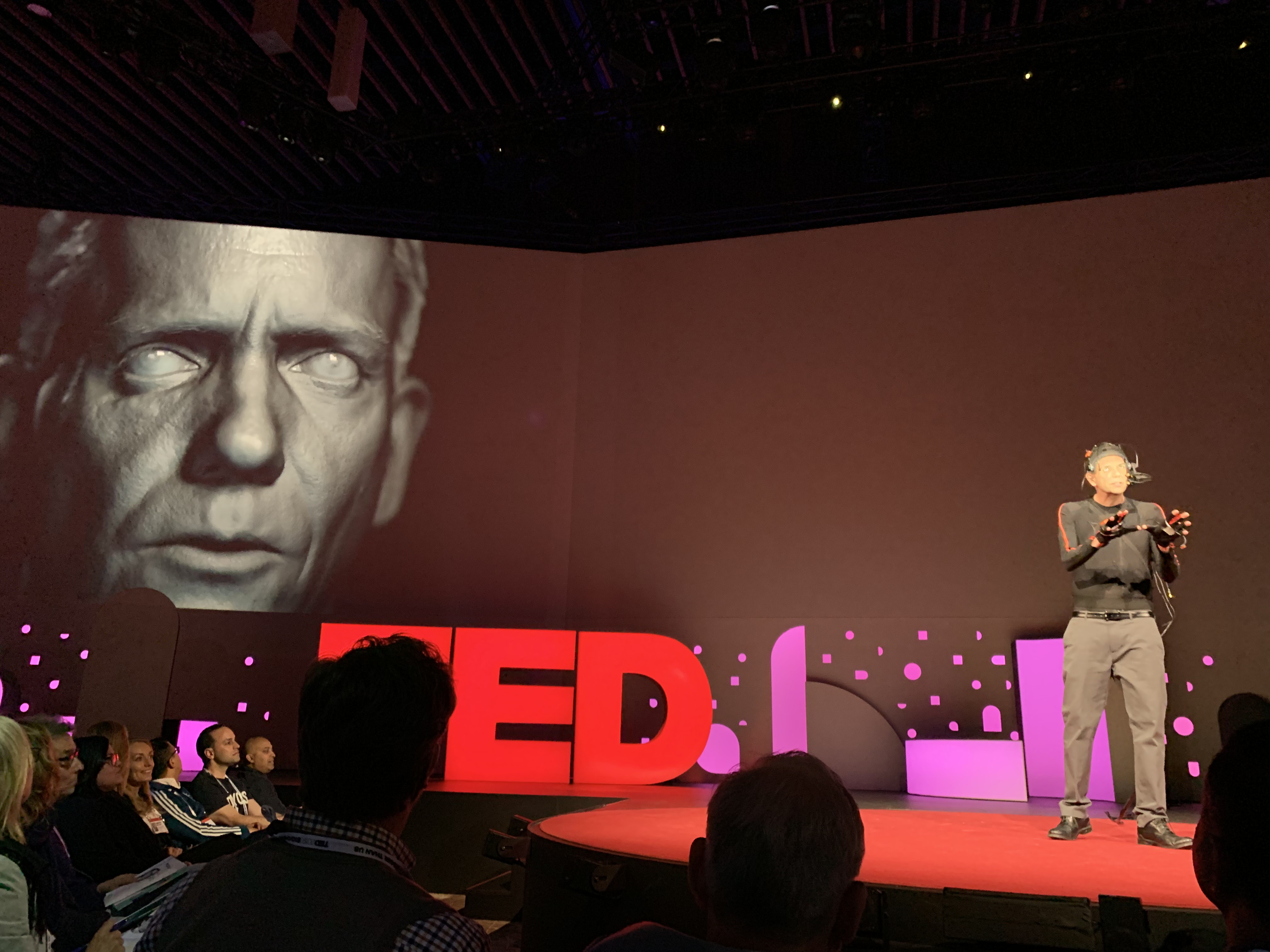This article is part two of a series analyzing and confronting white supremacy in the digital world. Click here for part one of the series.
As examined in part one, through mass digitization, white supremacy is festering around the world. Websites including but not limited to 8chan, 4chan, and EasyWeb are frequently used by white supremacists to
However, global efforts have been made to combat white supremacy. In the U.S., the FBI and the Department of Homeland Security (DHS) have recognized white supremacy as a major domestic security threat. In May of 2017, the FBI and DHS published a report entitled “White Supremacist Extremism Poses Persistent Threat to Lethal Violence.” The report highlights white supremacy violence in the U.S, and is “intended to provide new insight into the targeting preferences of white supremacist extremists.” It was provided by the FBI and DHS to
“assist federal, state, local, tribal, and territorial government counterterrorism and law enforcement officials and private sector security partners in deterring, preventing, or disrupting terrorist attacks in the United States.”
In Canada, Public Safety Canada recently added neo-Nazi network “Blood and Honour” to the Criminal Code list of
The abuse, the Call outlines, was “tragically highlighted by the terrorist attacks of 15 March 2019 on the Muslim community of Christchurch – terrorist attacks were designed to go viral.” The U.S. declined to join the Call for Action, declaring that they are “not currently in a position to join the endorsement,”
Although global efforts are being made in the fight against digital terrorism, white supremacists are still discovering ways to manipulate the internet for their personal gain.
Unlike 4chan and 8chan, some right-wing, white supremacist websites are not as visibly open in their hateful rhetoric. In order to lure more people into clicking on their link, many white supremacists create cloaked websites. The sites seek to deliberately disguise their racist motives by using cryptic domain names and language that is less forceful than the language appearing
Cloaked websites are making the cyber-world evermore dangerous for internet users, as the chances are rising of users inadvertently stumbling upon hateful content. Digital white supremacy only strengthens the epistemology of white supremacy in the offline world. White supremacists are able to retreat and enter into their own personal oasis, “a whites-only chimera” in the digital world. While it would be ill-informed and incorrect to only blame the internet for the attacks, internet platforms can create and fortify extremist beliefs. Without proper regulations and monitoring, digital white supremacy will continue to fester and permeate the U.S. and, indeed, the rest of the world as well.
Featured Image: G7 World leaders come together for The Call for Action Summit in reaction against digital extremism. From left to right: New Zealand PM Jacinda Ardern, Emmanuel Macron President of France, His Majesty King Abdullah
Disclaimer: Any views or opinions expressed in articles are solely those of the authors and do not necessarily represent the views of the NATO Association of Canada.




